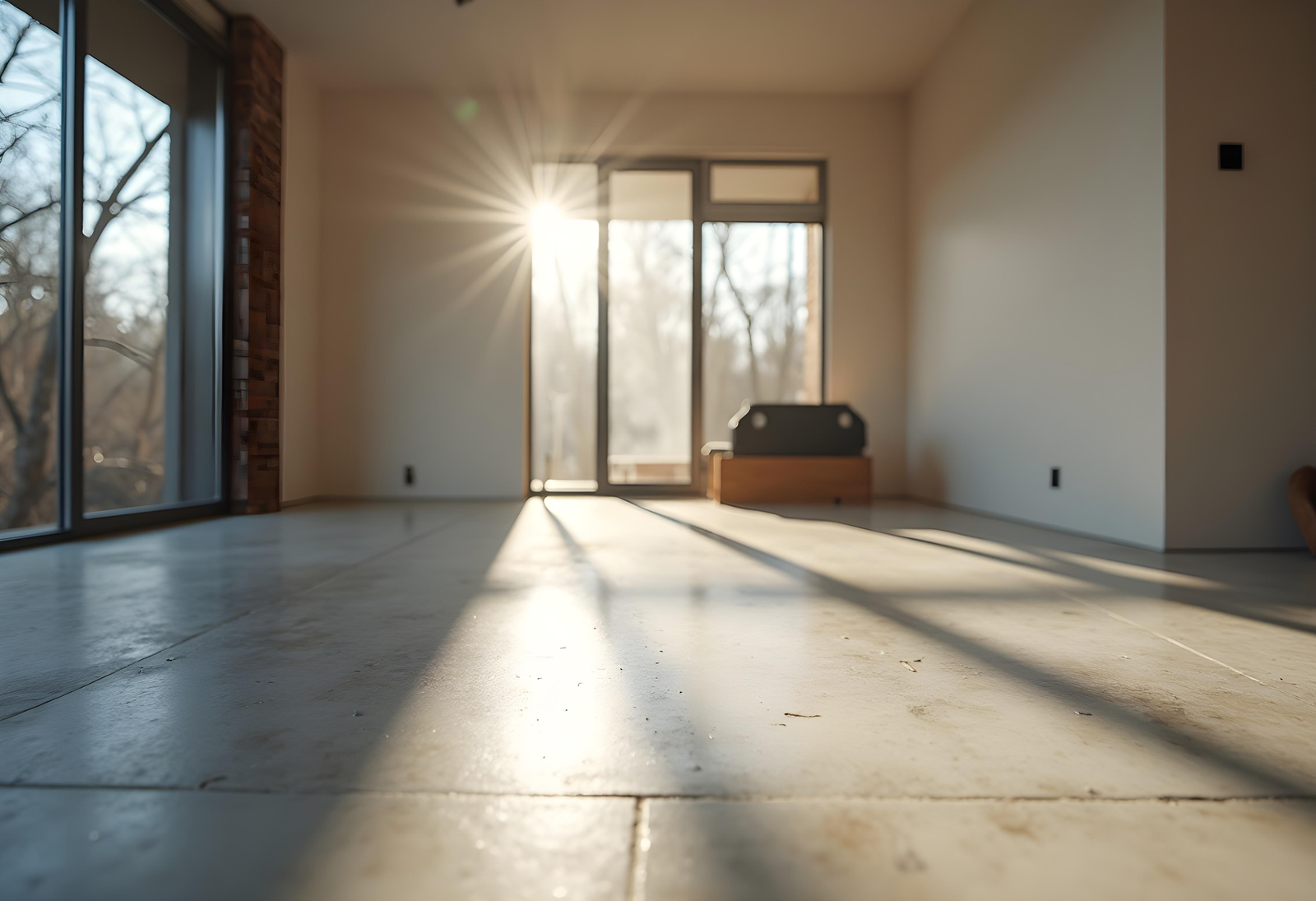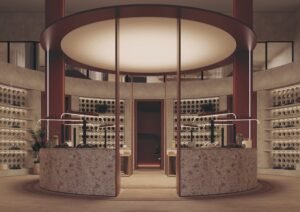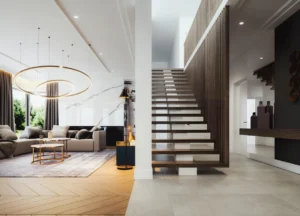When we think about construction materials, we often assume that age leads to deterioration. But concrete defies this expectation. Unlike wood, metal, or other building materials that weaken over time, concrete actually gets stronger as it ages. This fascinating property is why ancient Roman structures some over 2,000 years old still stand today. But what makes concrete so resilient? And how can modern construction benefit from this natural strengthening process? Let’s explore the science behind concrete’s durability and the lessons we can take from history.
Why Does Concrete Gain Strength Over Time?
The strength of concrete is largely determined by a chemical process known as hydration. When water is added to cement, a series of reactions occur, forming compounds like calcium silicate hydrate (C-S-H), which binds the aggregate together and gives concrete its strength. This hydration process continues long after the initial curing period, meaning that concrete does not stop hardening once it sets.
Even years after being poured, concrete continues to react with moisture in the environment, further strengthening its internal structure. This is why older concrete structures often exhibit superior durability compared to newly poured concrete.In cities like Dubai, where extreme temperatures and environmental factors challenge building durability, concrete’s ability to strengthen over time is a significant advantage
The Roman Concrete Mystery: Lessons from Ancient Engineering
One of the most remarkable examples of concrete’s enduring strength is Roman concrete. Many Roman structures, including the Colosseum and sea walls, have withstood harsh conditions for over 2,000 years. The secret lies in their use of volcanic ash, which contributed to an ongoing chemical reaction that enhanced the material’s durability. Recent studies have revealed that cracks in Roman concrete could self-heal when exposed to water, a feature that modern engineers are now striving to replicate.
For a city like Dubai, where innovation meets tradition, these ancient techniques offer valuable insights. Engineers and developers are continuously seeking ways to create more resilient structures that can withstand the region’s intense heat, humidity, and coastal exposure—just as Roman builders designed concrete to endure for centuries.
Modern Applications: Enhancing Concrete’s Durability in Dubai
While contemporary concrete does not always achieve the same longevity as its Roman counterpart, advancements in technology have led to innovations that improve its performance. In Dubai, where skyscrapers dominate the skyline, and infrastructure projects push the boundaries of engineering, high-performance concrete is essential.
Some of the latest innovations improving concrete’s durability include:
- Self-healing concrete: Inspired by Roman techniques, modern self-healing concrete contains bacteria or microcapsules that release bonding agents when cracks form, preventing structural weaknesses.
- Pozzolanic materials: The use of pozzolans, such as fly ash or silica fume, enhances concrete’s resistance to chemical attacks, especially in coastal and high-humidity areas.
- Fiber reinforcement: Adding fibers to concrete improves its tensile strength, reducing the risk of cracking and improving overall durability.
Dubai’s construction industry is also embracing sustainable concrete solutions by incorporating recycled materials and low-carbon cement alternatives, reducing environmental impact while maintaining structural integrity.
Conclusion
Concrete’s ability to gain strength over time makes it an invaluable material in construction, from ancient Roman structures to Dubai’s modern skyline. As the city continues to expand with record-breaking skyscrapers, luxury developments, and ambitious infrastructure projects, the lessons of history remain relevant. By combining ancient wisdom with cutting-edge technology, Dubai is setting new standards for durability and innovation in construction—ensuring that its architectural marvels stand strong for generations to come.




